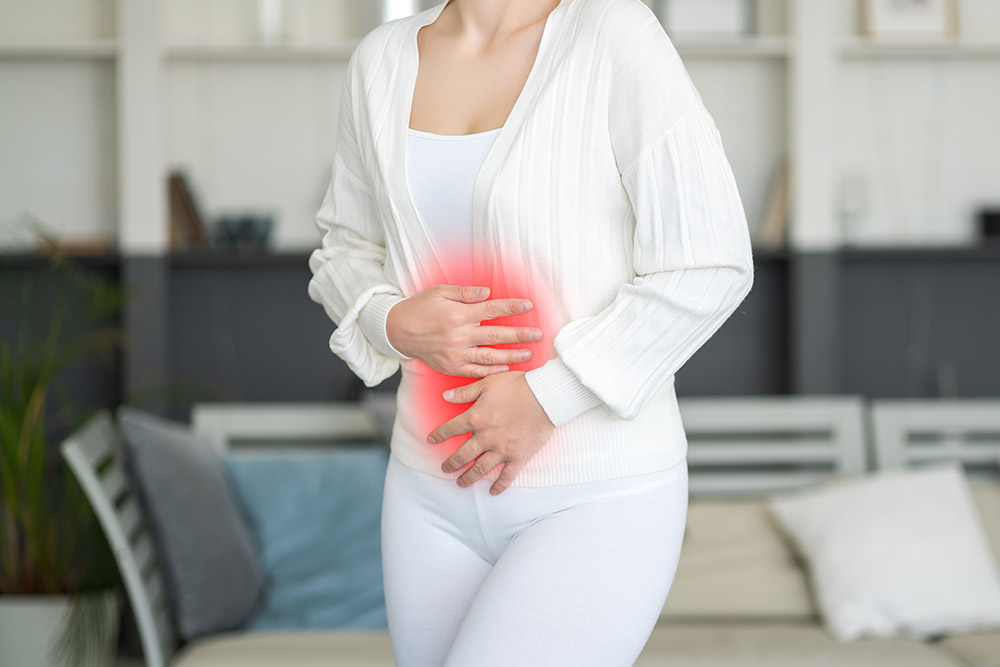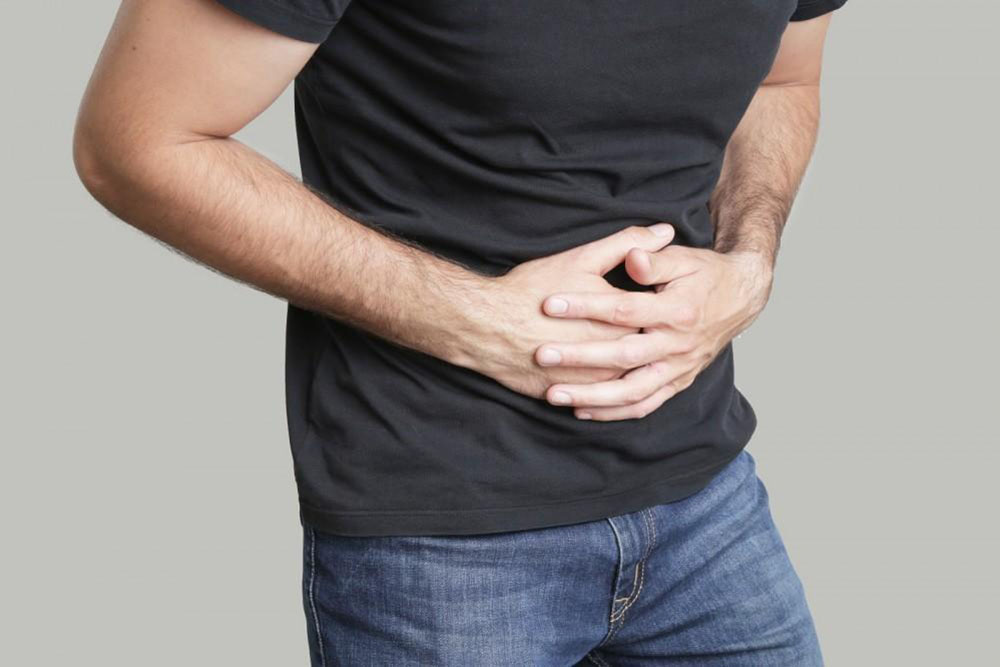What Is Lymphocytic Duodenitis?
Lymphocytic duodenitis is a mild inflammation of the duodenum (the first part of the small intestine) caused by an excess buildup of lymphocytes in the intestinal lining. Although the mucosa may look normal on endoscopic exam, biopsy reveals increased intraepithelial lymphocytes. When it leads to malabsorption, it's often coded as ICD-10 K90.41.
Common Causes and Risk Factors
- Celiac disease (with or without full villous atrophy)
- Other autoimmune disorders, such as type 1 diabetes or thyroid disease
- Gastrointestinal infections
- Medications like NSAIDs or proton pump inhibitors (PPIs)
- Unknown triggers (many cases have no clear identifiable cause)
Signs and Symptoms
- Bloating or excess gas
- Mild abdominal pain or discomfort
- Loose stools or mild diarrhea
- Fatigue from impaired nutrient absorption
- Symptoms often appear after meals or during periods of stress
How Dr. Rishi Chadha Diagnoses Lymphocytic Duodenitis?
Dr. Chadha uses a thorough, step-by-step approach:
1. Medical History
He asks about your symptoms, dietary habits, and any family history of gut problems.
2. Blood Tests
These check for celiac disease markers (eg, tissue transglutaminase antibodies) and assess key nutrient levels.
3. Endoscopy with Biopsy
A tiny camera examines the duodenal lining and Dr. Chadha takes a small tissue sample. The lab then counts lymphocytes-fewer than 25 per 100 cells is normal.
4. Follow-Up
He reviews your biopsy results in detail, explains what they mean, and answers all your questions to guide treatment.
Frequently Asked Questions
What causes lymphocytic duodenitis?
Celiac disease (even without full villous damage), autoimmune disorders, gut infections, certain medications (NSAIDs or PPIs), or sometimes no clear trigger is found.
Is lymphocytic duodenitis serious?
It's generally mild but can lead to malabsorption and fatigue if untreated.
What is a normal lymphocyte count in the duodenum?
Under 25 lymphocytes per 100 epithelial cells is considered normal.
Is lymphocytic duodenitis linked to celiac disease?
Yes. Many patients show early celiac changes without complete villous atrophy.
What is the ICD-10 code for this condition?
ICD-10 code K90.41 is used when lymphocytic duodenitis is associated with malabsorption.
Can diet help manage lymphocytic duodenitis?
Yes. Adopting a gluten-free or gluten-light diet, eating lean proteins and cooked vegetables, and staying hydrated often improves symptoms.
Do I need an endoscopy to diagnose it?
Yes. A duodenal biopsy during endoscopy is required to count lymphocytes and confirm the diagnosis.
How soon will I feel better after starting treatment?
Most patients notice improvement within 4 to 8 weeks of dietary changes and/or medication.
Will I need surgery?
No. Treatment relies on diet, lifestyle adjustments, and medications'surgery is not needed.
How do I schedule an appointment with Dr. Chadha?
Call the GastroDoxs office in Houston. Our team will help with insurance, prep instructions, and appointment times.











